
|
Philippines, 28 Dec 2025 |
Home >> News |
 |
||||
|
|
|
|
Tom Cribb: The Crown Jewel of Boxiana (1781–1848) By Emmanuel Rivera, RRT PhilBoxing.com Thu, 16 Jan 2025 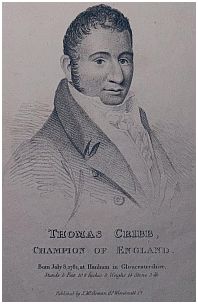 Lately, my thoughts have often wandered back to my impromptu jaunt to jolly old England in November of last year. As I sat in the storied Tom Cribb Pub, nestled near Piccadilly Circus, the name above the door seemed to echo the spirit of the man it honors. Tom Cribb—the “Black Diamond”—was more than a bare-knuckle boxing champion. His life was a shining testament to the undying will of the human spirit. Cribb’s story began in Hanham, near Bristol, where he was born in 1781. At just 13, he ventured to London, taking up hard labor as a bell hanger and later as a coal porter—a grueling job that earned him the nickname that would define his career. But Cribb’s destiny lay far beyond these humble beginnings. In 1805, he entered the brutal world of bare-knuckle boxing, making his debut in a punishing 76-round bout against George Maddox. That same year brought his only defeat—against George Nicholls—a fleeting stumble on a path destined for greatness. Cribb’s rise through the ranks was no accident. Under the expert tutelage of Captain Barclay, a renowned sportsman, Cribb honed his skills and fortified his stamina. In 1807, he squared off against Jem Belcher, the reigning English champion, in a battle that tested both endurance and courage. Cribb emerged victorious, and when Belcher demanded a rematch in 1809, the result was the same. These victories crowned Cribb as England’s undisputed boxing king. 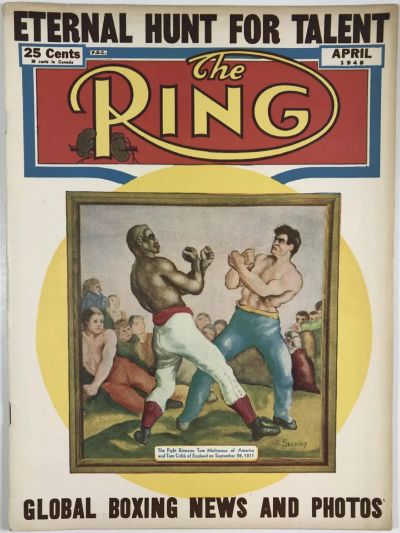 Yet it was his legendary bouts with Tom Molineaux, an African-American fighter and former slave, that immortalized his name in history. Their first encounter, in 1810, was a ferocious 40-round contest steeped in drama and controversy. Molineaux’s sheer skill and power brought Cribb to the brink of defeat, but interference from the crowd and delaying tactics by Cribb’s seconds turned the tide. Their rematch in 1811 was no less dramatic, but this time, Cribb triumphed decisively, fracturing Molineaux’s jaw and securing his legacy as an undefeated champion. For more than a decade, Tom Cribb remained unchallenged, his victories celebrated far and wide. In his honor, a silver cup was engraved with the words from Macbeth: “And damn’d be he who first cries, Hold! Enough!” Cribb transcended the sport, becoming a symbol of resilience and an emblem of British strength. 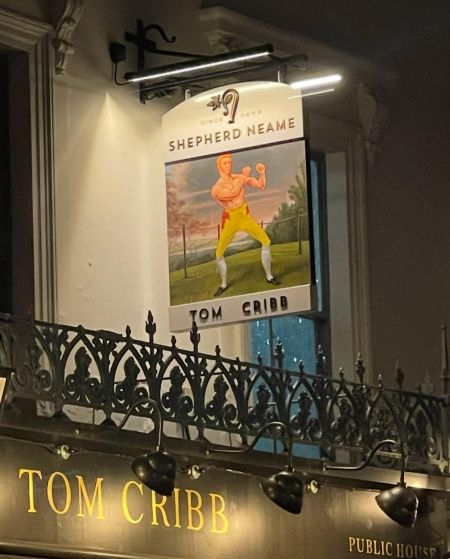 When Cribb retired in 1822, he exchanged the ring for the life of a publican. He took over the Union Arms—later renamed the Tom Cribb Pub—turning it into a haven for prizefighters, fans, and literary stars like Lord Byron. Known as “Cribb’s Parlour,” it once hosted the Pugilistic Club, with Pierce Egan chairing, the famed chronicler of boxing’s golden age, who immortalized Cribb and his peers in prose. But even champions are not immune to life’s harsh realities. Cribb’s later years were shadowed by gambling losses that cost him his beloved pub. Relying on the kindness of friends and admirers, he lived out his final days in modesty. In 1848, Cribb passed away at his son’s home in Woolwich. His tomb, marked by a lion resting its paw on an urn, stands as a silent monument to his extraordinary life. 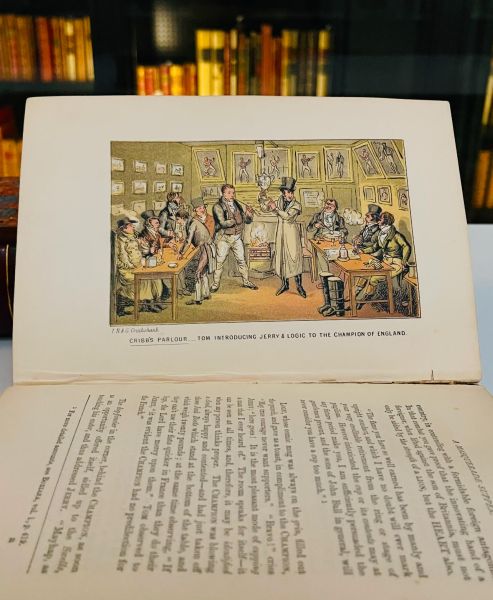 Tom Cribb’s legacy extends far beyond the ring. His name inspired the likes of Pierce Egan, Charles Dickens, Georgette Heyer, and Patrick O’Brian. His story has been told in plays, novels, and folklore, and the Tom Cribb Pub remains a living testament to his enduring spirit, a place where his legend continues to inspire. Cribb was more than a champion of boxing; he was a champion of life. His journey reminds us all that, no matter the odds, the human spirit can rise, endure, and leave a mark that shines for generations to come. 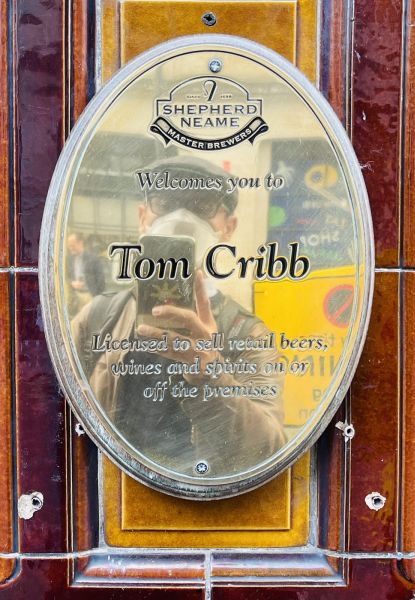 Though Tom Cribb never met or knew a Filipino, his influence extended far beyond his era and geography. One of England’s greatest boxing champions unknowingly inspired the descendants of Boxiana through the Americans, who introduced the sport of boxing to the Philippines as early as 1899. In time, Filipino boxers like Eddie Duarte, Francisco Labra, Dencio Cabanela, Francisco Guilledo, and later modern-day icons like Gabriel Elorde, Luisito Espinosa, and Manny Pacquiao inherited and made the sport their own, embodying the same courage and resilience that Cribb displayed. 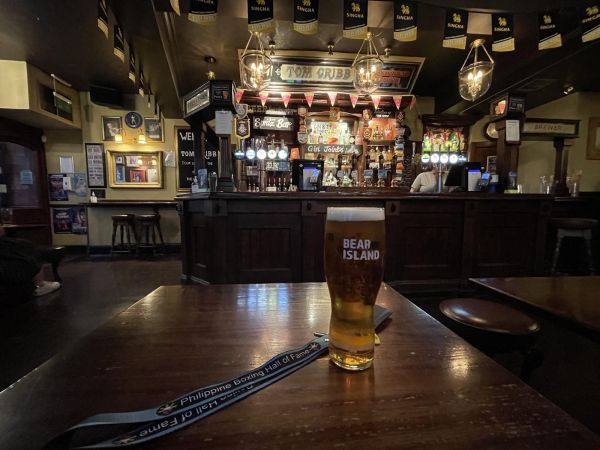 In life’s unending contest, we are all fighters, stepping into the ring against challenges that test our resolve. With a pint of Spitfire— or was it Bear Island— specialty beer by Shepherd Neame in hand, I raised a toast: “Here’s to Tom Cribb—the Black Diamond—whose strength, bottom, and legacy remain eternal.” Notes and Recommended Readings: • Boxiana, Volume 1, page 386 by Pierce Egan • Tom Cribb: The Life Of The Black Diamond by Jon Hurley ISBN 10: 0752447513 ISBN 13: 9780752447513 Publisher: The History Press, 2009 • The Ring, April 1948 • Photos and articles in this article are from the collection of the Philippine Boxing Historical Society and used in compliance with the United States Fair Use Doctrine Click here to view a list of other articles written by Emmanuel Rivera, RRT. |
|
|
PhilBoxing.com has been created to support every aspiring Filipino boxer and the Philippine boxing scene in general. Please send comments to feedback@philboxing.com |
PRIVATE POLICY | LEGAL DISCLAIMER
developed and maintained by dong secuya © 2025 philboxing.com. |